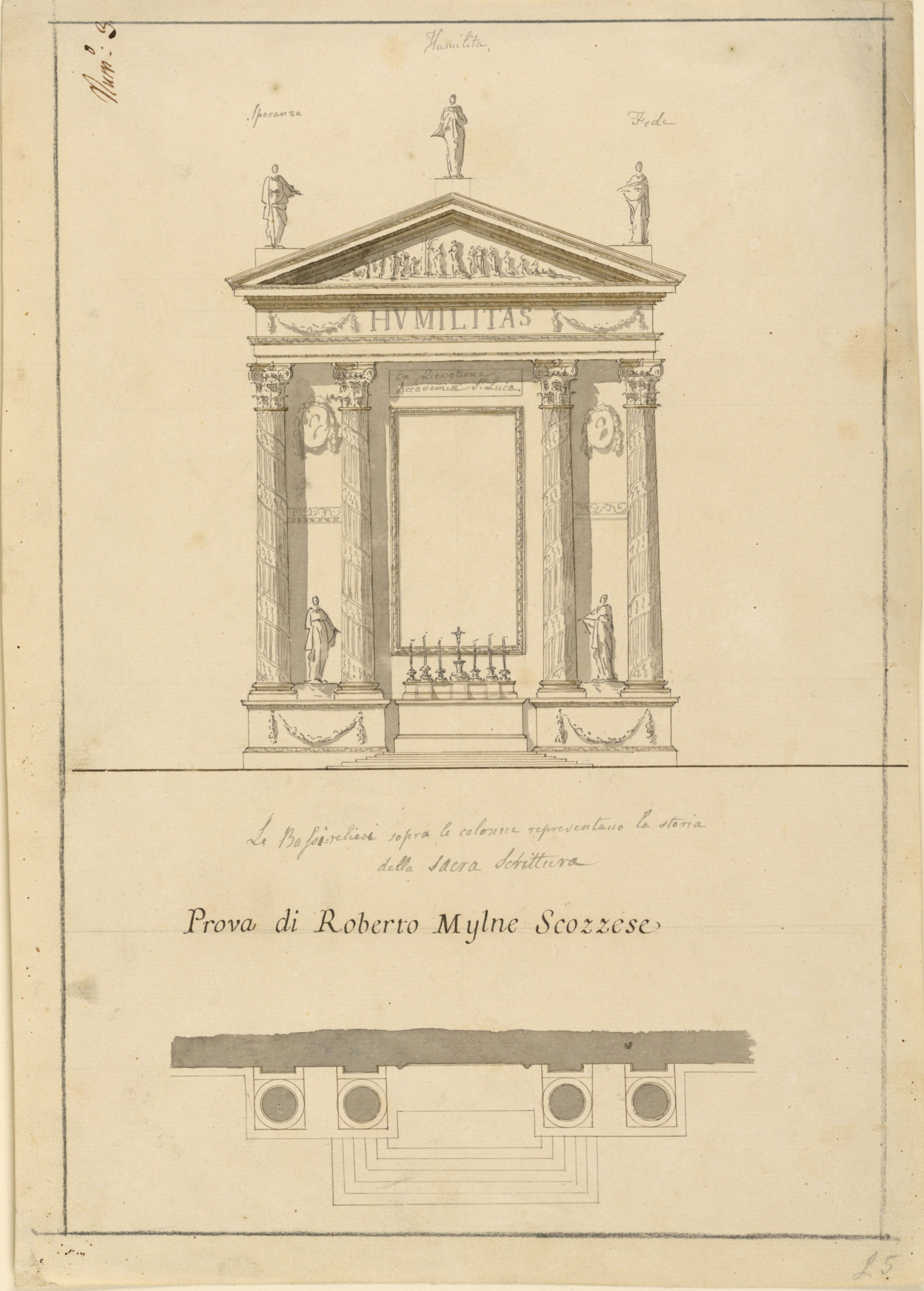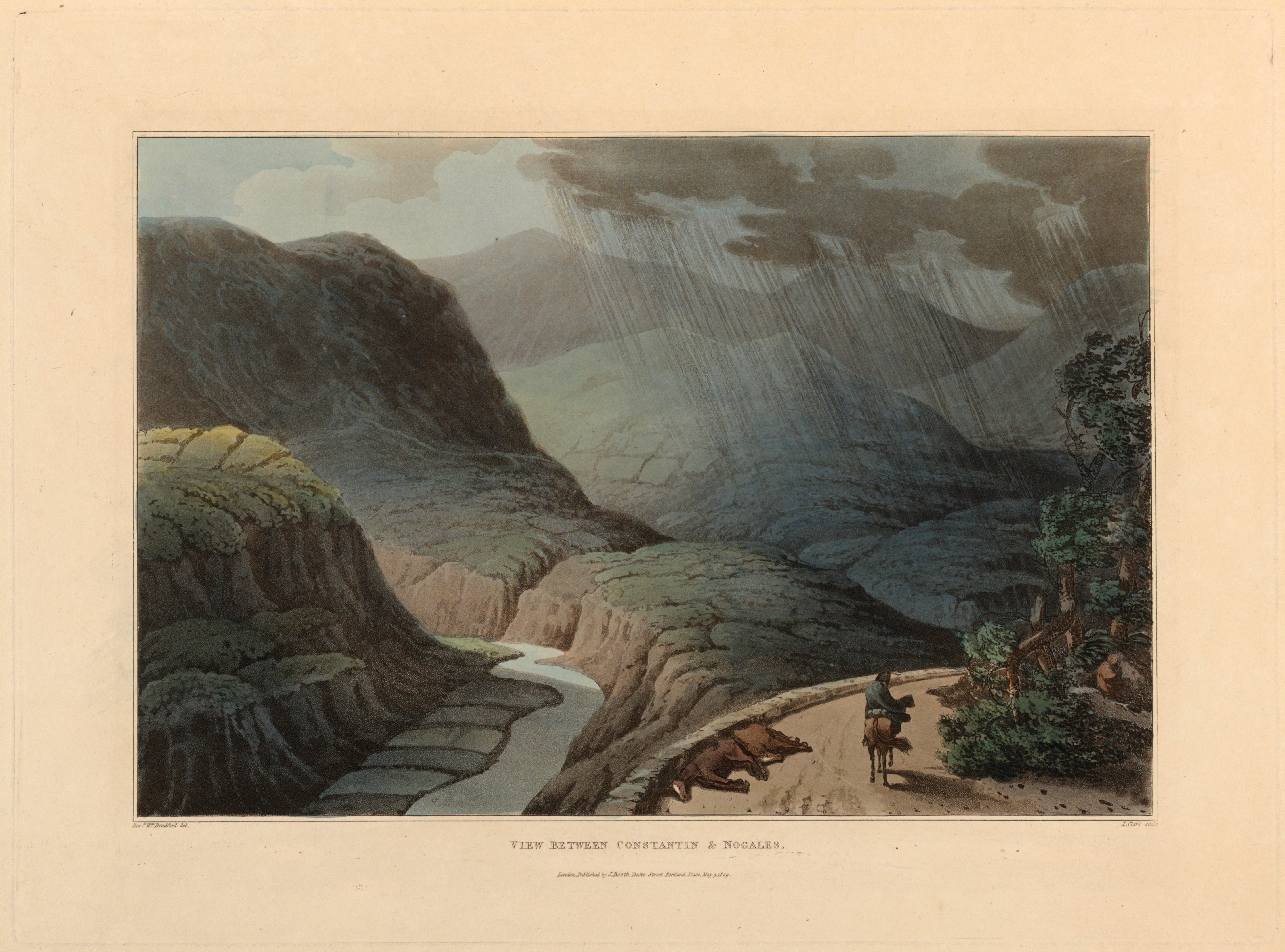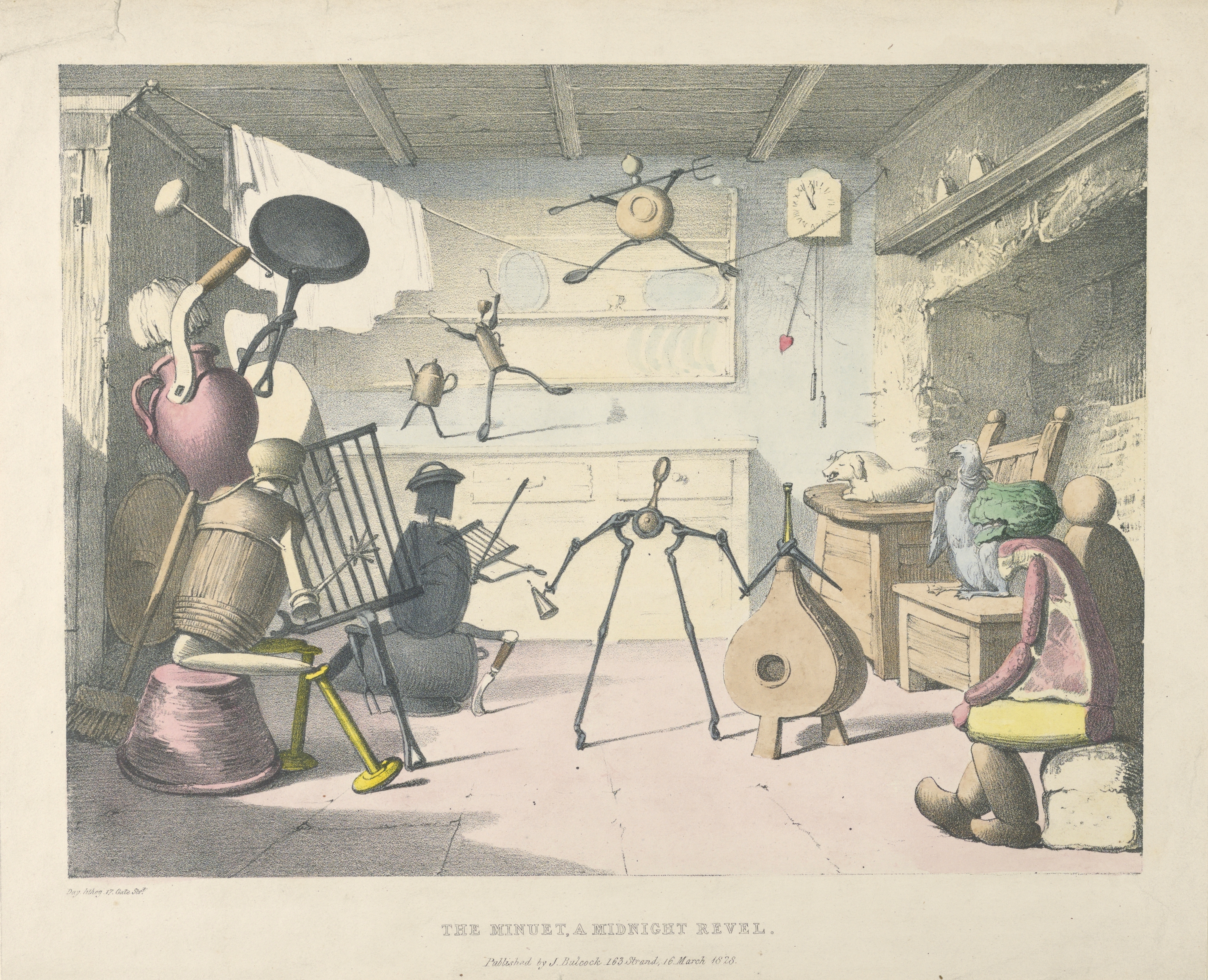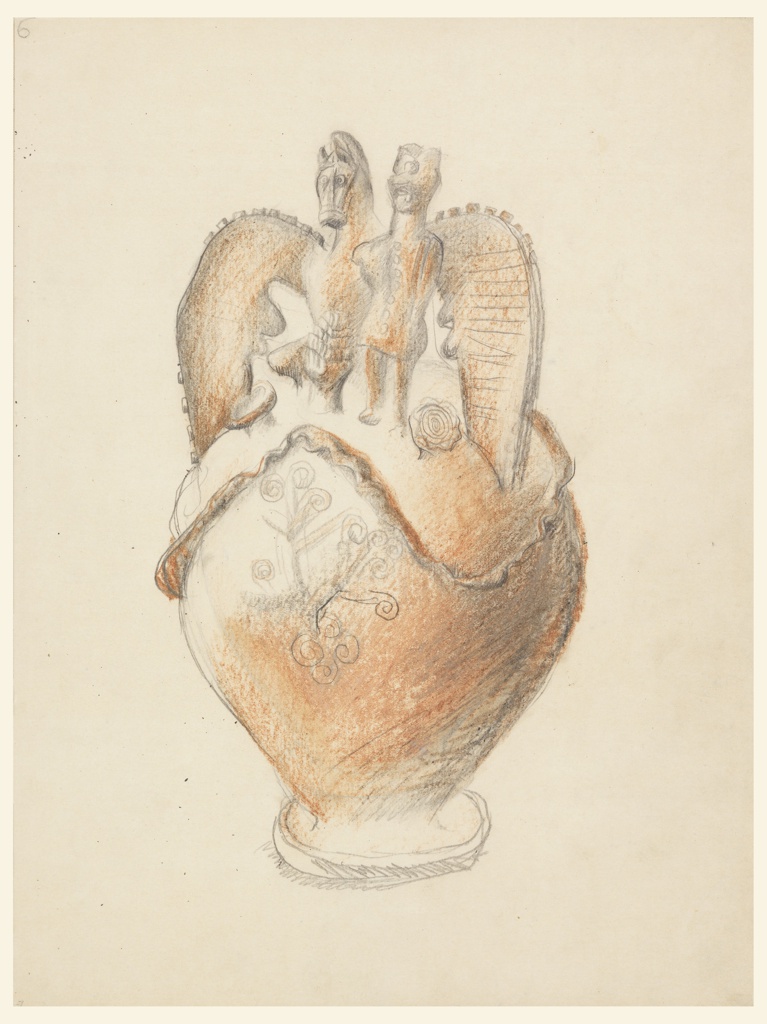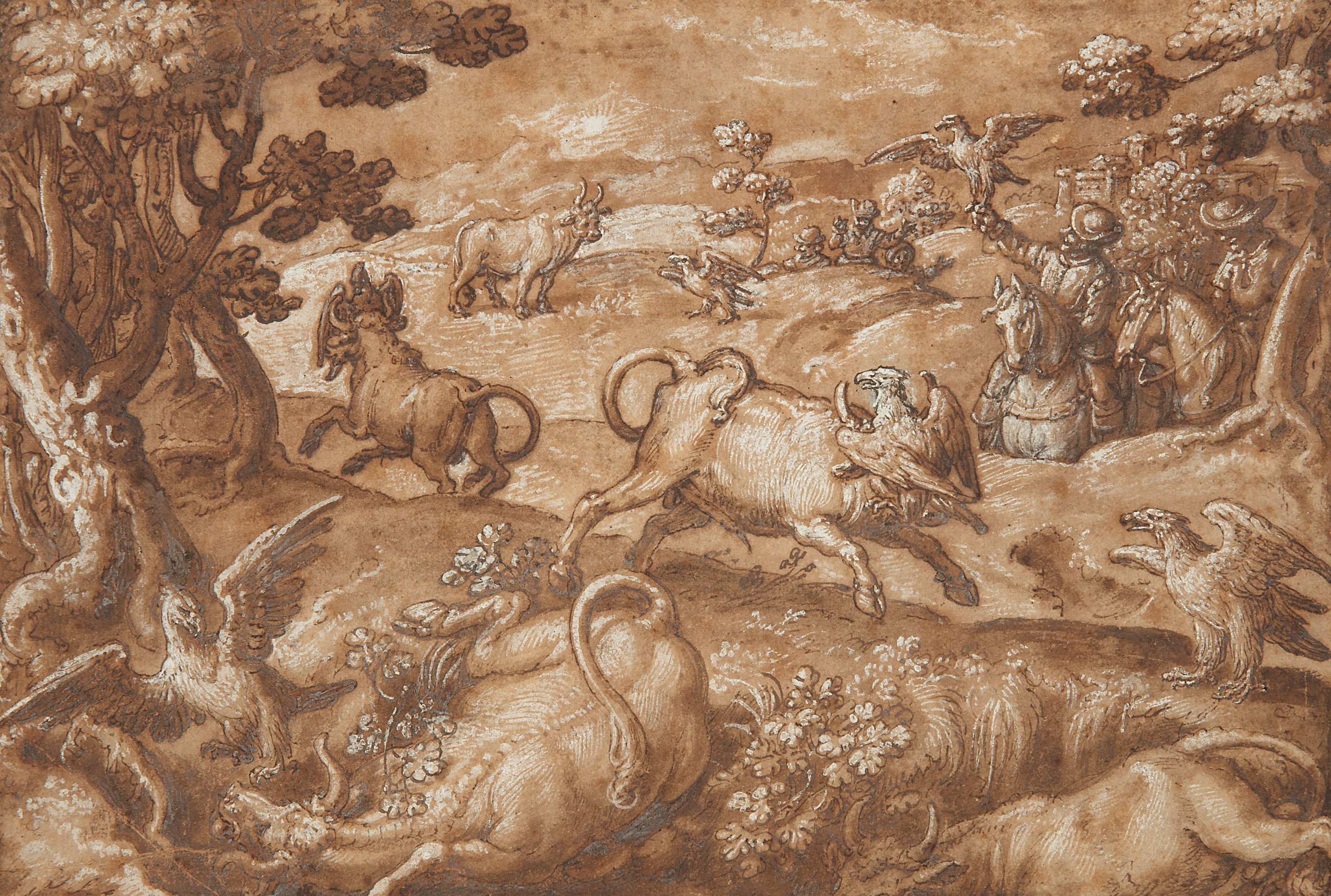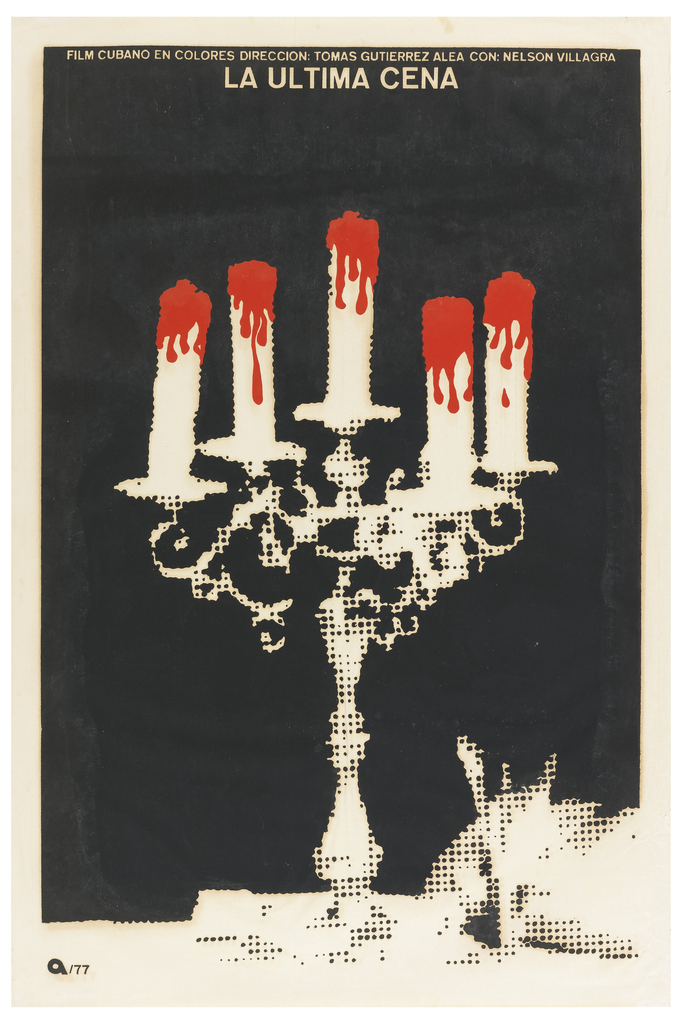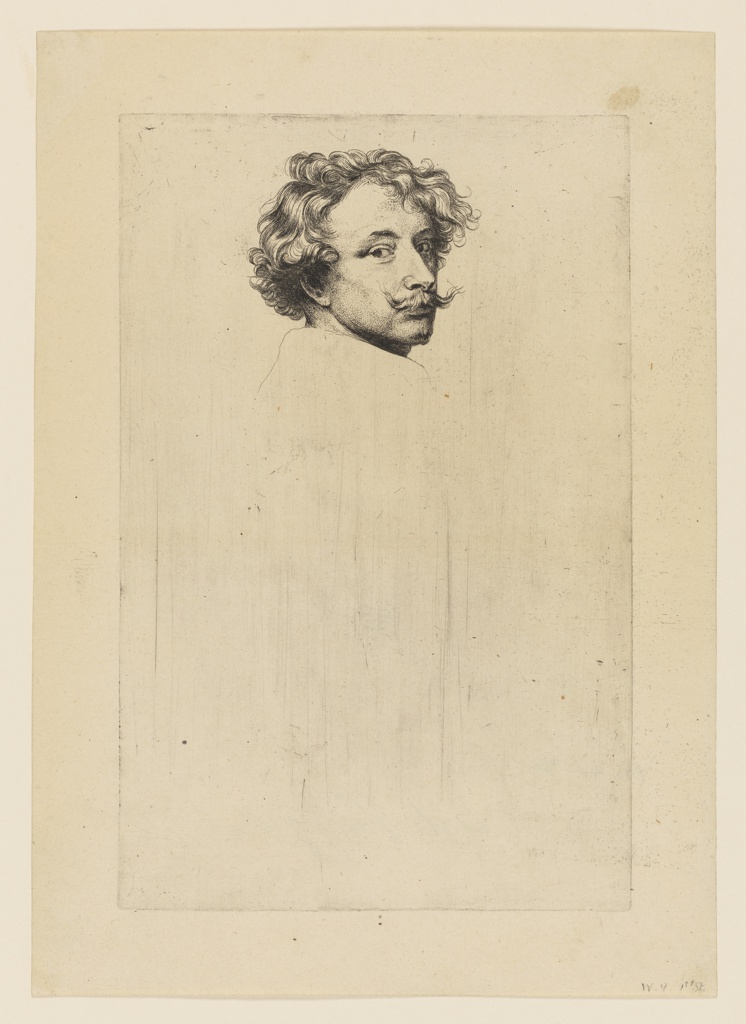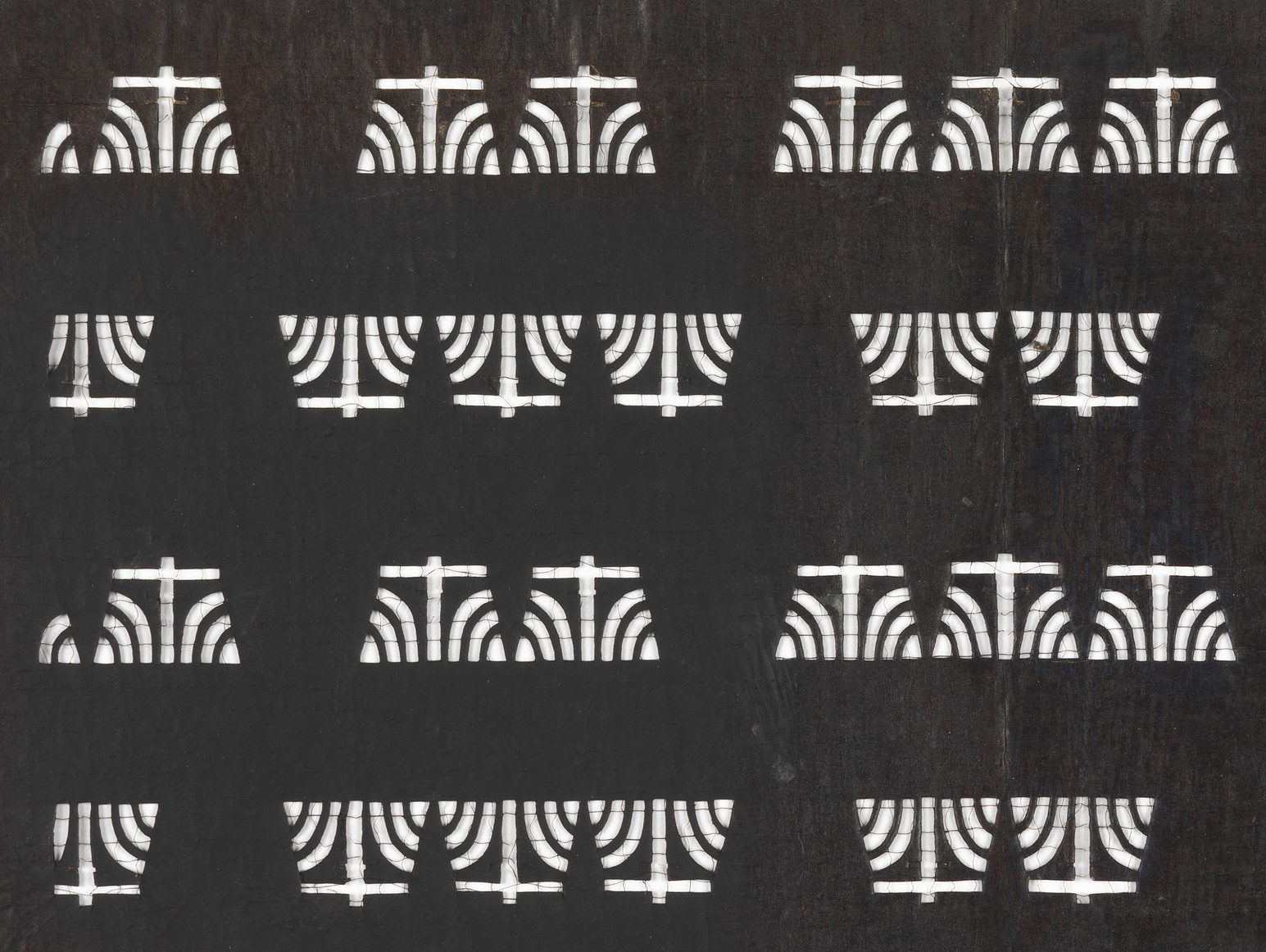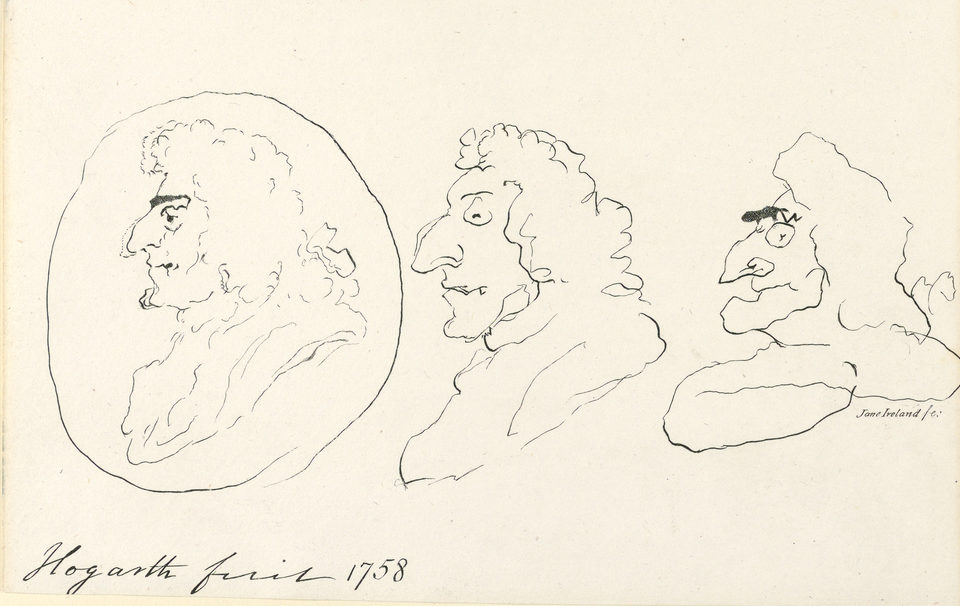On September 23rd, 1758, an aspiring architect named Robert Mylne (1733 – 1811) wrote to his younger brother William (1734 – 1790) with astonishing news. At twenty-four years old, Robert had just become the first Briton awarded top prize in the Concorso Clementino, a famous architecture competition held every three years in Rome.[1] This drawing...
The Reverend William Bradford traveled with his sketchbook. Not much else is known about Bradford, who served as a British Army chaplain in Spain and Portugal during the Peninsular War (1807 – 1814). In that conflict, British troops joined Spanish forces in their resistance to Napoleon. As Reverend Bradford accompanied his fellow British soldiers across...
What goes on in the kitchen late at night? This whimsical print imagines the pantry come to life, as its normally inanimate occupants enjoy a jolly party. Dishes and cutlery dance to a merry tune played by a band of jugs, mops, pots and pans. A suckling pig, a goose, and a cabbage-headed meat-figure lend...
As a young architect in search of inspiration, Charles Édouard Jeanneret-Gris (Swiss, 1887 – 1965) traveled extensively throughout Europe and the Mediterranean.[i] Early in the summer of 1911, Jeanneret (today better known by his adopted name, “Le Corbusier”), then twenty-four years old, set out on a five-month journey that would take him through the Balkans,...
Cooper Hewitt is delighted to add this extraordinary Renaissance drawing to the collection. A scene of “Men Hunting Bulls with Falcons,” it belongs to a series of (often outlandish) hunting images created by Jan van der Straet, called Stradanus (1523–1605). Cooper Hewitt is among the most important resources for the study of Stradanus, court artist...
In recognition of National Hispanic Heritage Month (September 15-October 15, 2019), this week’s Object Of The Day posts celebrate Latinx designers’ works in the collection. This post is written by Maeve Coudrelle. The Cuban Revolution of 1959 brought major changes to the country’s cultural fabric. Less than three months after the new revolutionary state came...
Sir Anthony van Dyck (1599-1641), knighted by King Charles I of England, was a Flemish painter renowned for his portraits of members of the British Court. Trained in Antwerp by Peter Paul Rubens (1577-1640), Van Dyck, like his teacher, experimented with making prints.[1] In the late 1520s or early 1530s, Van Dyck began an extensive...
In the traditional Japanese craft of katagami, paper stencils are carved by master artisans for use in decorating textiles. Documented since at least the sixteenth century, the technique developed out of methods originally devised for embellishing leather armor. Some common katagami motifs record this history: the stylized iris pattern that appears on this stencil symbolizes bravery....
In celebration of Women’s History Month, March Object of the Day posts highlight women designers in the collection. Jane Ireland and her sister Anna Maria were artists and print-makers in 18th-century London. Like many early women artists in Europe—to whom formal training was rarely available—the Ireland sisters learned their craft from their father. Samuel Ireland...
